The IoT and coffee are like old friends, a fact perhaps known only to those who are aficionados of both. The Internet of Things is all about connectivity, sensors, tracking, data visualization, edge computing and device management.
So it is no surprise that the entire supply chain involved in managing coffee beans — including growing, harvesting, shipping, roasting, selling and consuming the end product — is ripe for the IoT.
In honor of
International Coffee Day (October 1) and US National Coffee Day (September 28), in this post we look at the many ways in which the giant worldwide coffee market utilizes IoT devices and technologies — from coffee agriculture to the IoT solutions in commercial coffee machines and even temperature monitoring to ensure your barista hands you the perfect cup-a for your sipping pleasure.
A Look at the Coffee Market and Opportunity for IoT
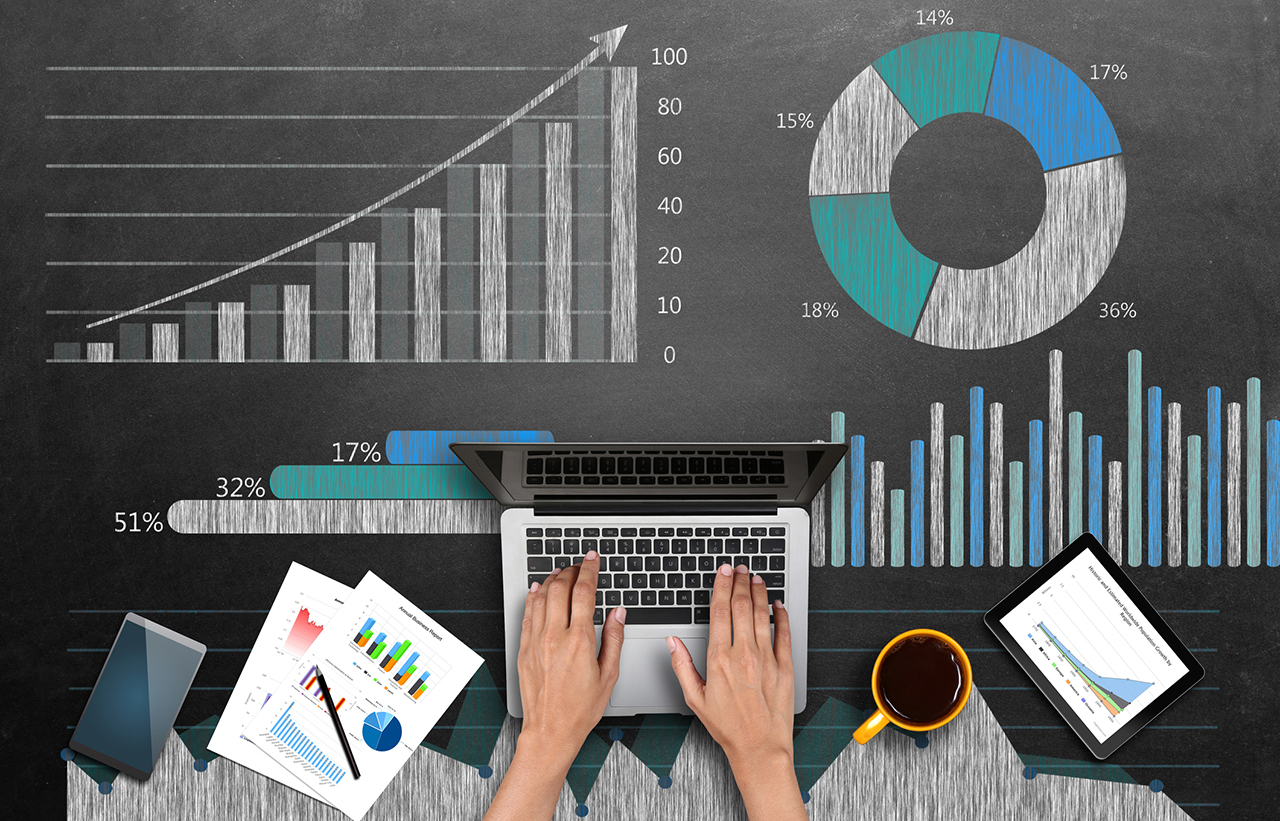
The global coffee market is enormous and growing. Valued at
102.02 billion USD in 2020, by
Mordor Intelligence, it is projected to reach a CAGR of 4.28% between 2021 and 2026. That's a lot of beans, a lot of demand, and a lot of resource management worldwide. All of that coffee is grown in 70 countries, according to
Investopedia, although only five are the world's top producers: Brazil, Vietnam, Columbia, Indonesia and Ethiopia.
With over $100 billion annually exchanging hands in the coffee market worldwide, we can safely assume that it's a (pardon the pun) hot commodity. All of that coffee, in its various phases of production, distribution and consumption, must be managed by some combination of people, processes and machines.
Where IoT comes in is the ability to perform tasks that are too tedious, time consuming or error prone for humans so that people can do what they do best. Farmers can grow healthier crops using fewer resources. Shipping and receiving managers can quickly access tracking data. Roasters can ensure they have the right settings and correct temperatures for each batch. And baristas can make and serve coffee at just the right temperature. IoT is also there for the connectivity — via
cellular routers and gateways — to enable communications between machines, people and processes.
The Coffee Supply Chain from the IoT Perspective
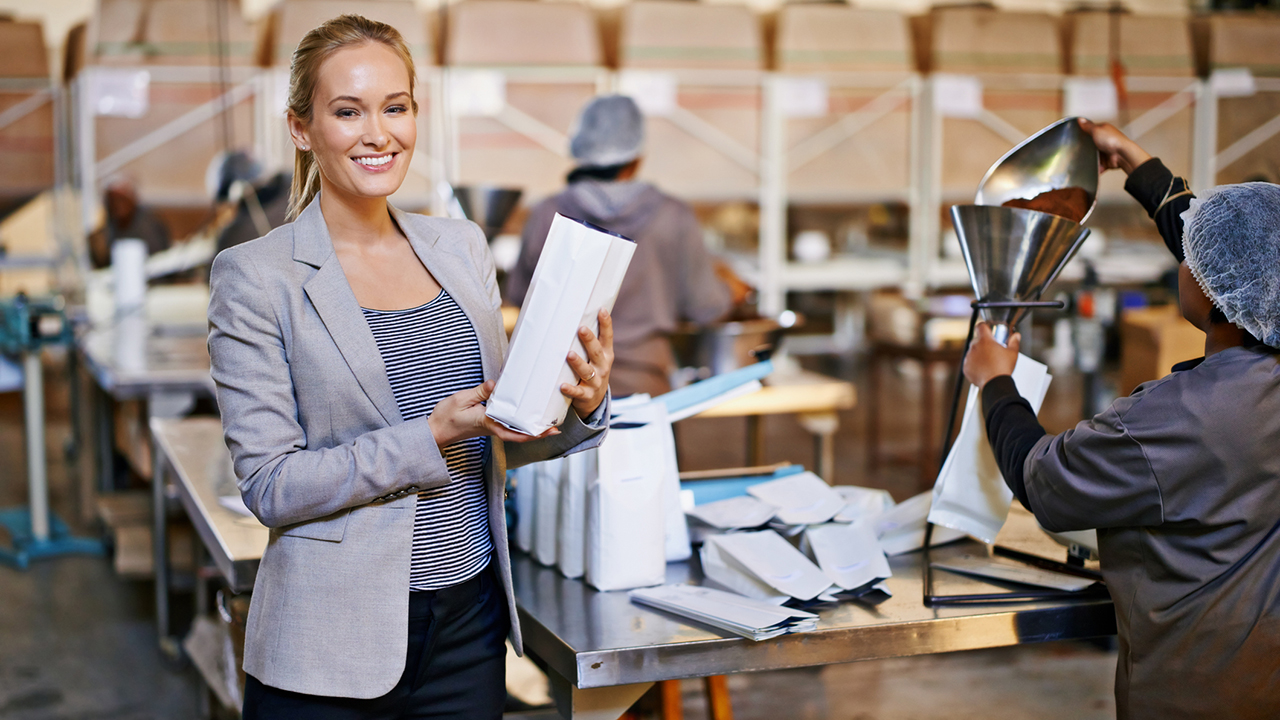
Coffee has a very long supply chain. It starts with those who plant and harvest coffee beans, and includes warehouses, trucking fleets, the roasting machines that turn green coffee beans into all those fragrant flavors and roasts from light roast to espresso, as well as the many types of retail operations that sell packaged coffee and hot coffee.
We will talk about a few use cases in more detail, but it’s worth having a look at the bird’s eye view of the entire coffee supply chain for a few reasons. Consider, for example, how many “middle people” have a stake in the process of getting coffee to the consumer, each of which involves cost. And consider the limited appetite of consumers for paying higher prices for their daily beverages. This means that automation and efficiency — some of the key benefits of IoT technology — are imperative for scalability and ROI.
Just for fun, here’s a mix and match game. Which IoT technologies in the right column do the entities in the left column utilize? Hint: Some of the technologies are used by more than one entity. Of course, different practices are in place across these touchpoints along the coffee supply chain, and no two growers, roasters or retailers are exactly alike. Plus, IoT use cases are increasing, as more enterprises seek efficiency capabilities like automation and data visualization to manage their business processes. So this is just a way to envision the ways in which technology supports the various aspects of the growing coffee market.
See the answer key after the table for our take on where these technologies are in use today.
| Enterprises |
IoT Technologies |
| Coffee growers |
A — Device monitoring |
| Coffee shipping companies |
B — Temperature monitoring |
| Coffee warehousing |
C — Geo location services |
| Coffee roasters |
D — Edge computing |
| Coffee retailers (cafes, restaurants) |
E — Soil sensors |
| Coffee retailers (grocers) |
F — Data visualization |
| Coffee retailers (convenience) |
G — Automation |
Answer key:
- Coffee growers: A, C, D, E
- Coffee shipping companies: B, C, D, F
- Coffee warehousing: B, E, F, G
- Coffee roasters: B, G
- Coffee retailers (cafes, restaurants): A, B, F, G
- Coffee retailers (grocers): A, B, D, F, G
- Coffee retailers (convenience): A, B, D, F, G
In other words, IoT technology is in practice in many different ways across the coffee industry. Product developers and those along the coffee supply chain have a vast number of applications and use cases for IoT in coffee management, and more organizations are popping up all the time to serve this industry. For example, an organization called
Trace Coffee Beans has created a global platform, using blockchain and IoT technologies, to trace the complete coffee supply chain from farm to consumer.
Artificial Intelligence will become a mainstay as well. While AI is still in its early stages, the coffee industry will increasingly depend upon this technology. This does not mean that a robot will soon serve you at Starbuck’s. It means that AI and machine learning will help to reduce errors and improve outcomes in coffee farming, roasting, brewing and service.
Examples of IoT in the Coffee Industry

To get a clearer picture of IoT at work in various coffee processes in the commercial and industrial space, let’s look at some examples where IoT devices and technologies are at play in making one of the world’s most popular beverages. That’s right — it’s not number one. Of course water takes that title. And tea is next in line. Coffee and beer contend for third place, depending upon your source of information.
IoT in Coffee Agriculture
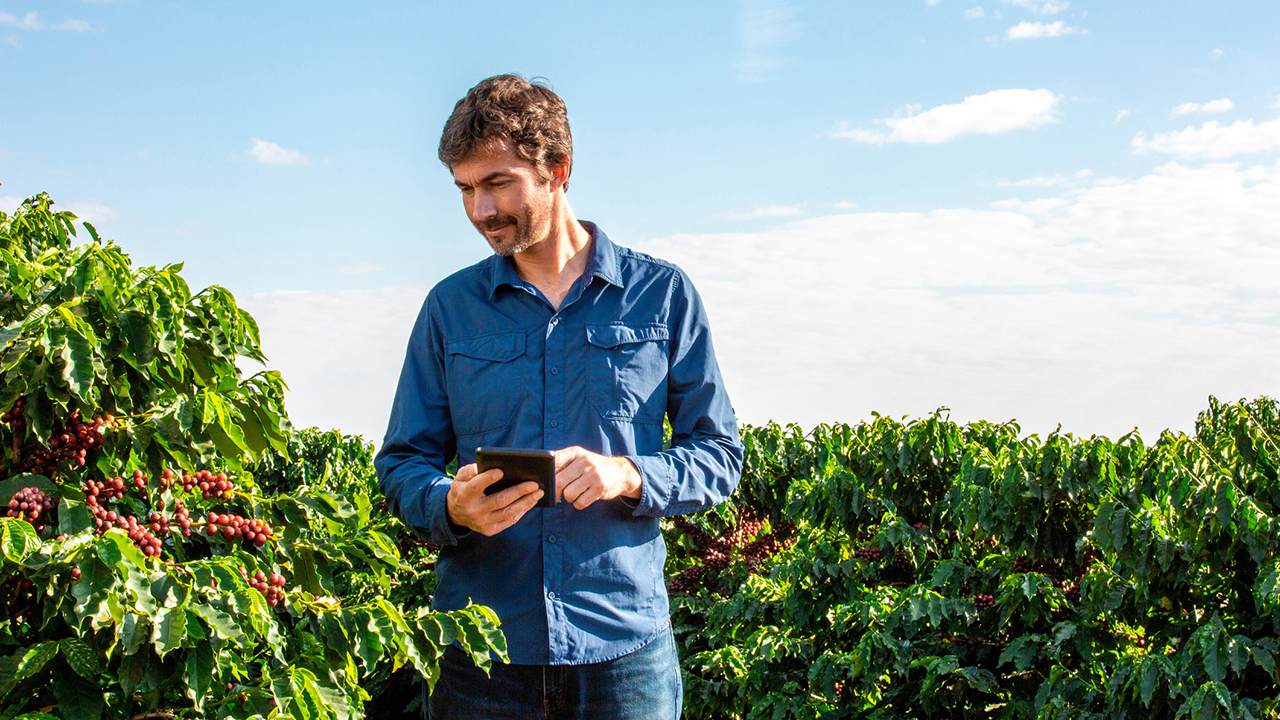
IoT devices and technologies are at work in agriculture of every stripe — the coffee bean business included. In the coffee growing industry, you’ll hear terms like agronomical science, which means every aspect of growing and harvesting beans has a potential impact on yield, the bottom line, and the environment. Here are a few examples of how IoT supports coffee growers:
- Soil sensors detect conditions for water and soil management
- Sensing water and using automation for irrigating coffee crops dramatically improves environmental sustainability metrics
- Irrigation systems use GPS, device monitoring and automation for resource management and visualization of data to support informed decisions
There are many resources for understanding the challenges and complexities of coffee farming, including scholarly articles like this one from O PAST, titled
Internet of Things (IoT) System to Monitor Environmental Variables in a Coffee Crop, where this quote is derived:
Precision agriculture covers multiple practices related to the management of crops, trees, flowers, plants, etc. Among the most interesting applications is the control of pests and diseases. By means of strategically placed sensors, parameters such as temperature and relative humidity of the soil, temperature and humidity of the leaves, solar radiation can be monitored in order to quickly detect adverse situations and establish the appropriate treatments.
IoT in Coffee Shipping
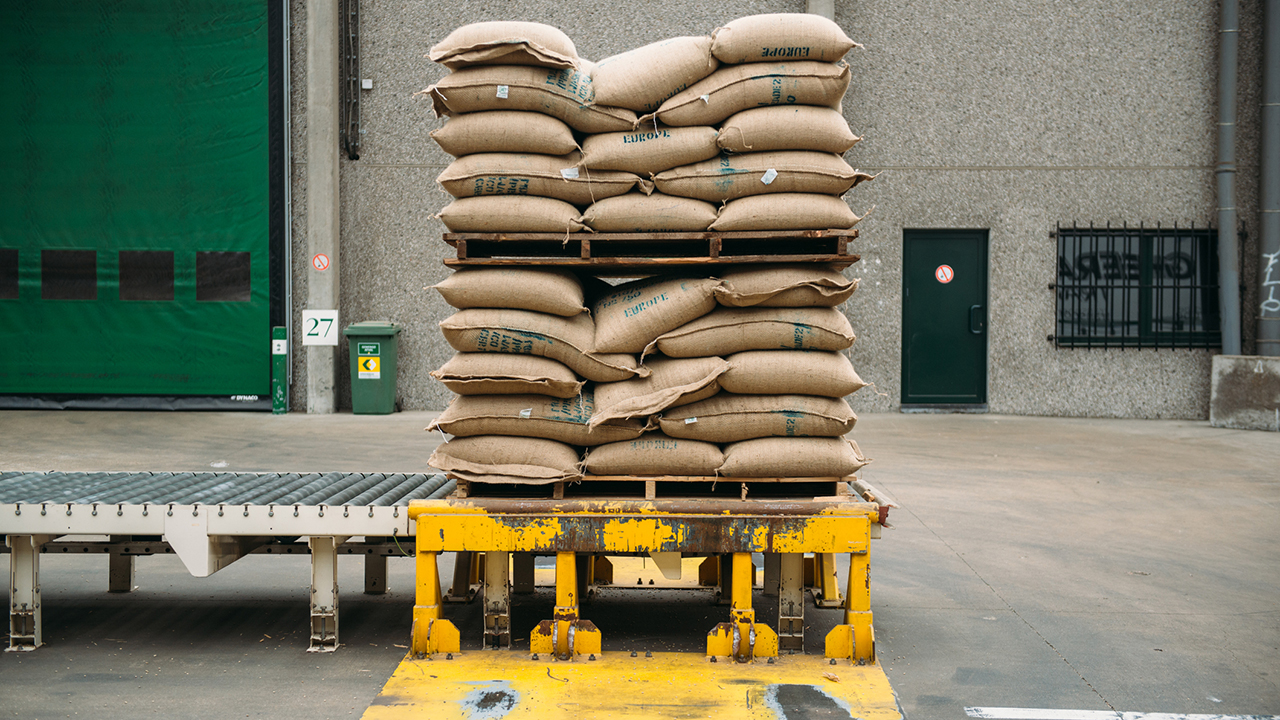
Coffee is consumed everywhere in the world, but it is not grown in all regions. This automatically means beans must be transported. And the complexity quickly balloons from there. Coffee beans must be shipped around the world to ports, to warehouses, to professional roasters, and more. Here are a few ways IoT supports the coffee shipping industry:
- Ship capacity monitoring and automation; using analytics for loading and unloading
- Asset tracking and cargo tracking to monitor shipments in real time and determine whether cargo was delivered
- Condition monitoring, such as temperature and humidity, to determine whether product has been compromised, and to perform compliance metrics and reporting
- Security and compliance: managing and monitoring security risks from human threats to cyber-attacks
- Communications and connectivity throughout the coffee shipping journey
IoT in Coffee Warehousing
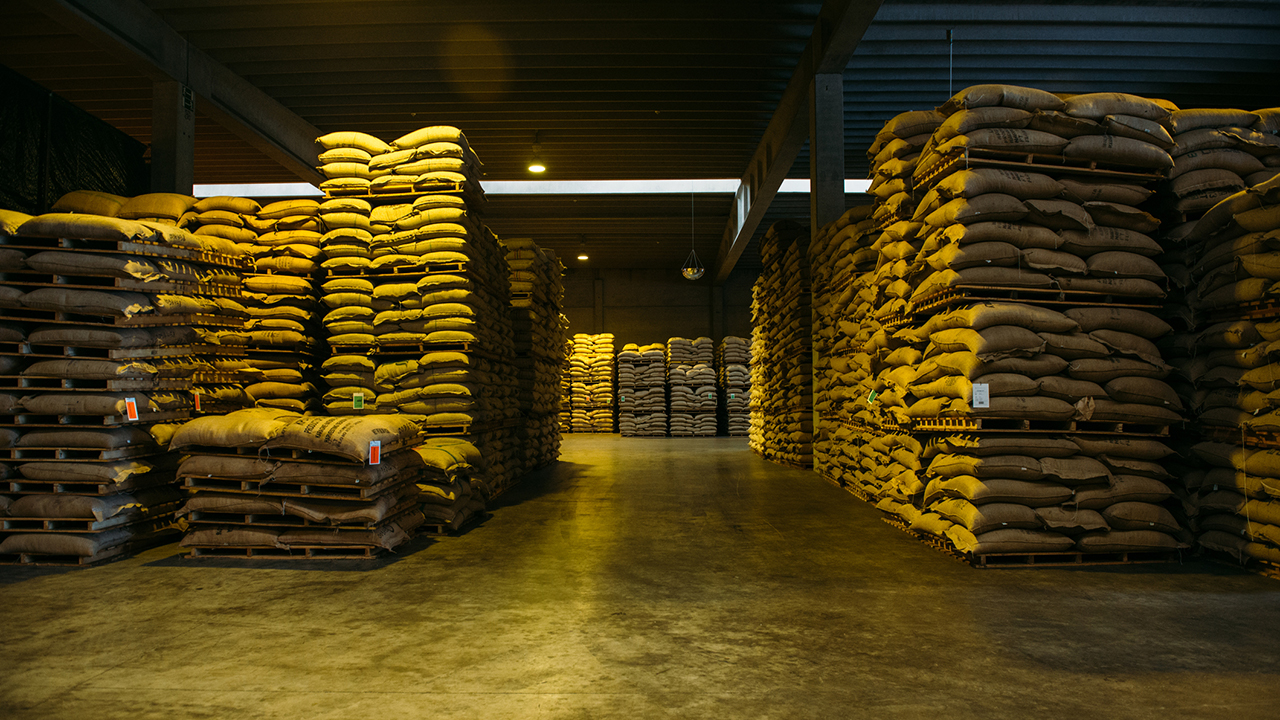
Warehouse management is a key cog in the coffee supply chain, since everything from environmental conditions to inventory are key metrics. Warehouse data helps with inventory purchasing, tracking, and more. Some examples of IoT in coffee warehousing:
- Environmental sensing and control to carefully manage temperature and moisture that can impact the product.
- Sensors and drones can be used to collect inventory, location and packaging supply data so that warehouse managers can make informed decisions for inventory, quality and competitiveness.
- IoT devices such as sensors and cameras can support worker safety, such as identifying slippery surfaces and even incorrect postures and movements of workers.
IoT in Coffee Processing
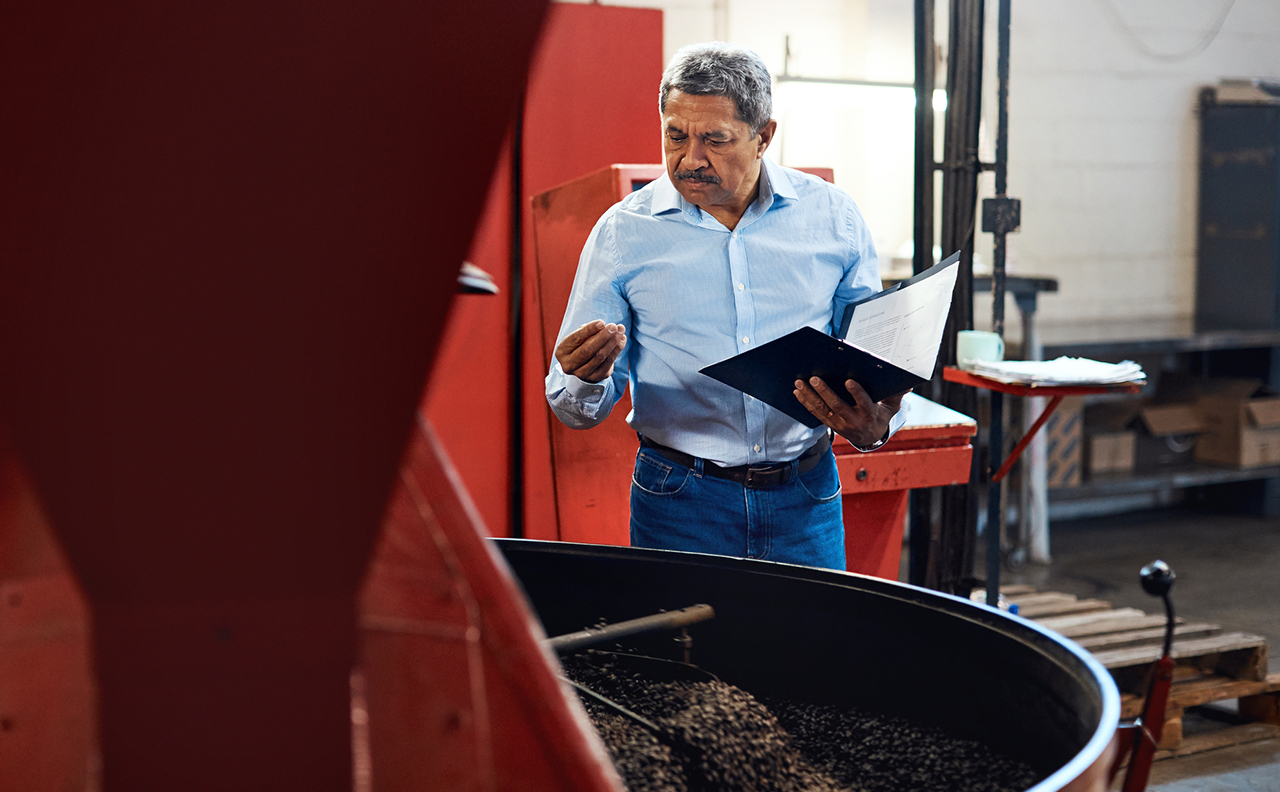
No one makes coffee from green coffee beans. They must be processed and roasted to turn them into the rich dark beans we brew at home, and the ground coffee that restaurants and other retailers brew for coffee sales and service. Here are a few examples of how IoT supports coffee roasting enterprises:
- Temperature and humidity sensors for coffee storage to maintain quality and integrity
- Coffee roaster monitoring and metrics for quality assurance
- Automation systems to launch processes either based on time or conditions
According to the
Barista Institute, there are three phases of roasting: the drying stage, the browning stage, and the roasting stage, all of which can be optimized with temperature monitoring and careful management. We predict this phase of the coffee supply chain will increasingly use IoT monitoring systems for quality control, reporting and predictive maintenance.
IoT in Coffee Service

As we know, there are multiple ways a consumer can purchase coffee, and many consumers use all of them. You might purchase a bag of roasted coffee beans or ground coffee at your grocery store. On the same day, you might buy a cup of coffee from your local convenience store while refueling your car. Or you might stop by your local Starbucks or other coffee shop to get a nice café latte, mocha, espresso or cappuccino. In fact, you could also meet a friend for lunch at a restaurant and order coffee to go with your meal or dessert. All on the same day.
How does IoT work in coffee retail and coffee service?
- Coffee machines today are connected to the Internet for monitoring, metrics and predictive maintenance — and we all know what that means: their connections must be secure
- Sensors are at work because brewed coffee must be maintained at a certain temperature to make it optimal for the consumer, as well as to prevent burning, premature aging and quality degradation
- Coffee service machines can be monitored for usage to provide a range of metrics to ensure coffee quality and profitability
- Meanwhile, those who frequent coffee shops also expect secure and reliable Wi-Fi connectivity.
Predictive maintenance is a growing application in the world of IoT-enabled coffee systems, as sensors, notifications and AI make it prossible to identify the factors that lead to failure before those failures occur, ultimately reducing costs. There’s even a cloud-based business called
Coffee Cloud that is all about “Monitoring the world's barista machines and measuring our love of coffee in the cloud.”
IoT Opportunities for Commercial Operations and Product Developers

We live in a time in history when products that improve processes are in high demand. These products often have a clear ROI; if you can perform any business process faster, more efficiently, with fewer errors and security risks, you can positively impact the bottom line.
The threats to business integrity make these objectives more imperative all the time, from managing the cost of doing business, to monitoring and thwarting cyber-attacks, to managing business continuity in an age where all things are connected and reliability is crucial. All of these challenges are opportunities for better product designs, better connectivity solutions and more innovation.
At Digi, we are a B2B Internet of Things company, supporting cellular connectivity and sensor connectivity in commercial and industrial enterprises, as well as the development and go-to-market goals of systems integrators and OEMs. So, while we do not address the consumer IoT market, many of our customers do. (Yes,
home coffee machines have been hacked, in case you're curious. Fortunately, Digi solutions are built for rock solid security from the ground up.)
IoT for Commercial and Industrial Operations
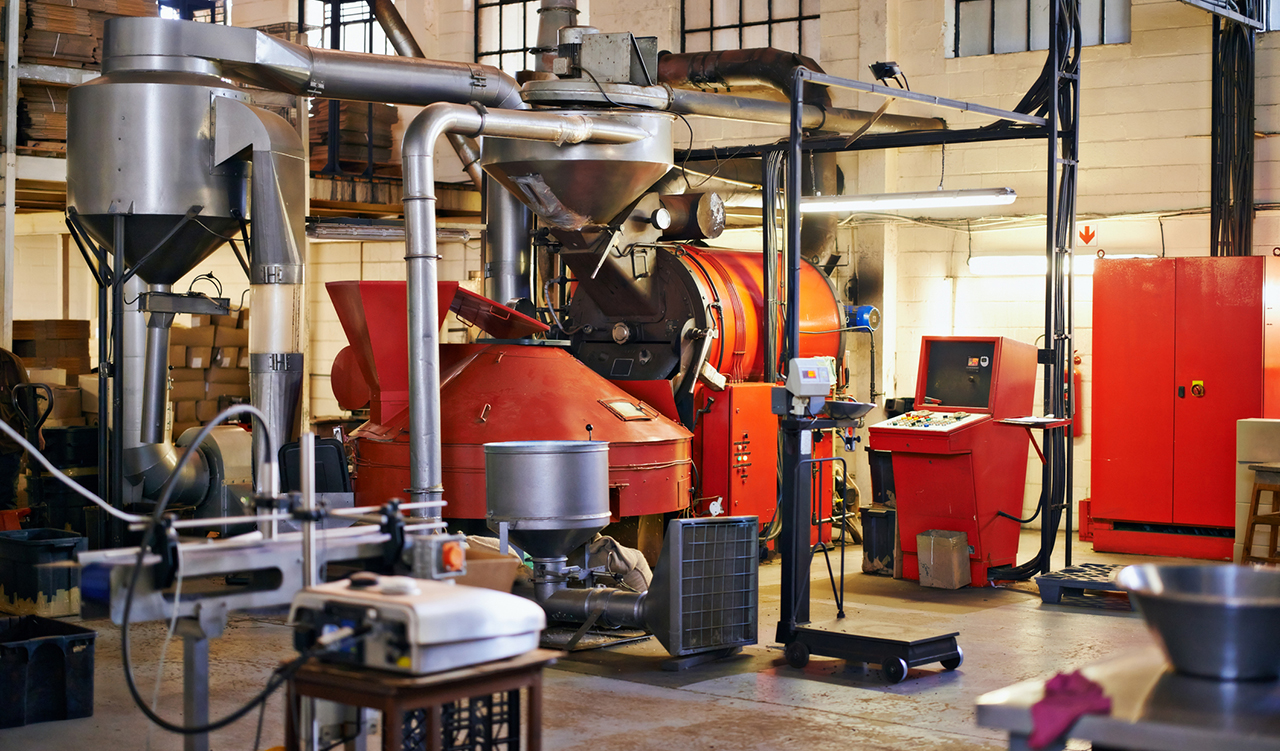
Connectivity today, across business enterprises of every vertical and every phase of the supply chain, is about enhancing business operations. The role of devices like
cellular routers and gateways is the transfer of data, but the focus varies depending upon the business purpose.
Here are a few examples:
- In an agricultural setting such as coffee growing, key objectives might be industrial connectivity, sensor data management and edge computing.
- In the shipping and receiving of coffee cargo, key objectives would be fast data transfer for centralized management, data visualization and analysis as well as fleet management.
- In other commercial enterprises, such as retail establishments, the key objectives will include security, reliability, and performance, as these establishments need secure and reliable point of service, customer Wi-Fi, and state-of-the-art network speeds such as 4G LTE or 5G.
- And retail establishments in food service need fast and accurate temperature monitoring for reporting and compliance.
Digi supports the full range of objectives, with its extensive suite of connectivity solutions, including high-speed enterprise routers like
Digi EX50 5G, mobile access routers like
Digi TX64 5G, fleet management solutions like
Digi Wireless Vehicle Bus Adapter, sensor gateways like
Digi Connect® Sensor+, and industrial cellular routers like
Digi IX20, all of which can be managed securely and efficiently with
Digi Remote Manager®.
Additional solutions and services include
Digi Professional Services, which can support your deployment planning and installation at any phase of your project, and
SmartSense by Digi, which offers a complete sensor, gateway and temperature monitoring solution for the "cold chain," including grocery, convenience and fleet monitoring.
IoT for Developers and OEMs
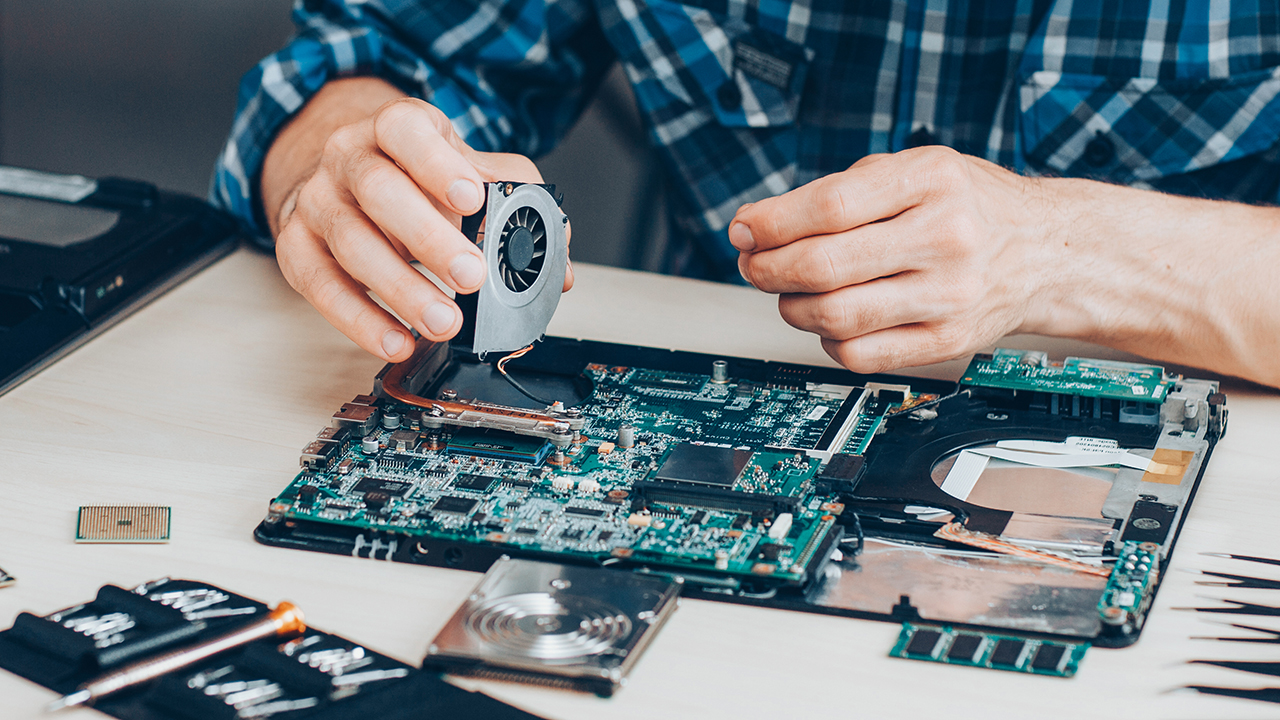
If you're a developer of products for the vast coffee market, Digi offers a wealth of tools, resources and
development platforms to support your quest to develop the most robust products to handle highly demanding applications that withstand cyberattacks.
For example, OEMs can deliver high quality, easy-to-use, and highly secure coffee machines for use in cafes and self-serve establishments. The developer that incorporates artificial intelligence to improve the product’s effectiveness and the quality of the coffee without increasing the cost of doing business stands to win a key spot in the barista machine marketplace.
At Digi, we like to talk about scalability from a product design perspective, because it’s one way developers can differentiate themselves. As an example, a product developer might want to create a three-tier coffee service design with three levels of sophistication in its functionality to support different customer needs. It is possible to achieve this goal with a scalable product line such as the
Digi ConnectCore® SOM development platform.
The following is a visual of a three-tier coffee dispensing system with scaling levels of functionality. A developer using the ConnectCore 8 platform can rapidly develop and test a product design, then adapt that design quickly to a model with increased functionality — without redesign — using the
Digi Smart IOmux developer tool.
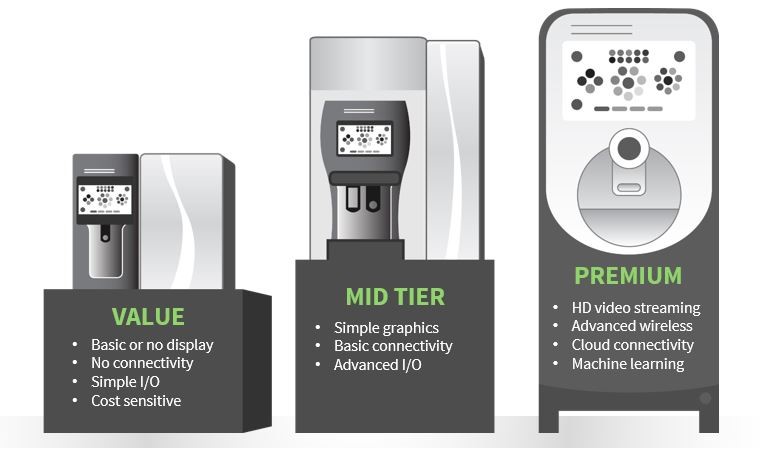
In addition to system-on-module development platforms, Digi also supports developers in building RF and cellular connectivity into their product designs, with
Digi XBee® short range, long-range and cellular modules, as well as
Digi LoRaWAN solutions. And
Digi Wireless Design Services can support your development journey at any point along the way, from concepting and prototyping to board design, BSPs, antenna design to meet your go-to-market goals.
In summary, we believe the IoT supports a vast number of business objectives across the coffee supply chain, as in many other industries today where cost, visibility, reliability and scalability are key. And no matter your mission, Digi can support your IoT goals.
Contact us to start a conversation.